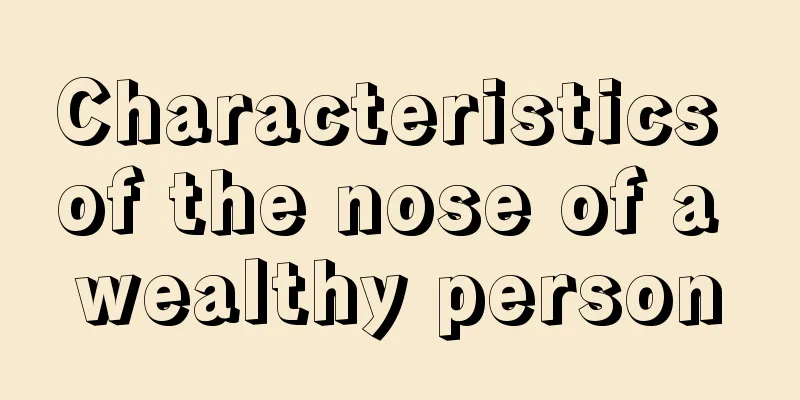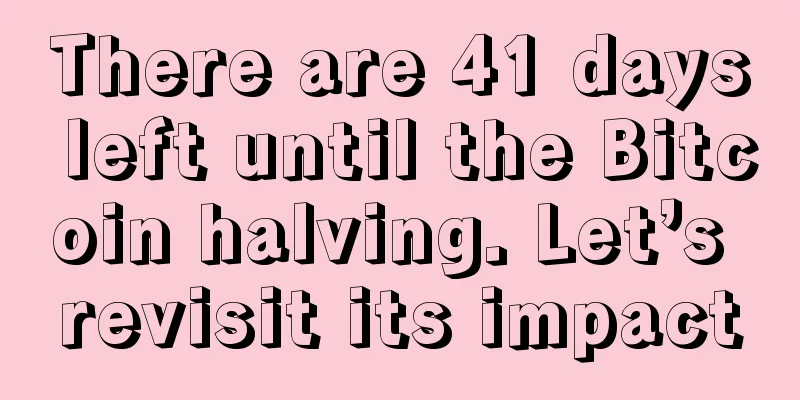Denmark will outsource its money printing work, and the central bank will turn to researching digital currency E-Krone

|
More and more central banks are beginning to question the point of printing money. In Denmark, the monetary regulator (the Danish central bank) is studying the issuance of virtual currencies, believing that virtual currencies can reduce crime rates and provide greater transparency to regulators. Denmark is not alone in its digital currency issuance plan. The United Kingdom and Sweden have become the leaders of European digital currencies; while Singapore and Canada have completed online payment trials of blockchain currency systems. Lars Rohde, the governor of the Danish central bank, is no longer focusing on regulating banknote printing in 2017, but on digital currency. He hopes that the digital currency issued by the central bank can reduce transaction costs. But the risks are considerable. Because for the central bank, this is an unknown area, and any surprise is enough to subvert a country's economy. In 2017, Denmark's central bank will outsource its currency printing. Finland will be responsible for its coins, but no one has yet been chosen for the printing of banknotes. While cash will not disappear completely, Denmark has begun exploring cheaper and more efficient options. According to the Danish central bank, the cost of using banknotes is at least twice that of credit and debit cards. Safety NetCurrently, the challenge in developing electronic currency does not lie in technological limitations. Rohde said in an interview:
Cash currently accounts for only 20% of domestic transactions in Denmark, and not even a third of the money supply, so if online payment systems fail, cash is unlikely to be an alternative safety network. Rohde said:
BlockchainThe Danish central bank believes that technologies such as blockchain may be the best operating model for virtual currencies. Rohde said the central bank is considering whether to anonymize its electronic currency. They plan to add a corresponding number to each E-krone so that it can be traced. Blockchain, a ledger that records all electronic currency transactions, is the best choice to achieve this function. The concept of blockchain emerged because of Bitcoin, and the original purpose of this technology is to exempt the central bank from playing a role in it. Lasse Birk Olesen, co-founder of blockchain startup Coinify, believes that whether a central bank will eventually adopt a blockchain system depends on the level of trust in the country's citizens and the monetary institution. In other words, the system must be suitable for a transparent and developed society.
He believes that in a blockchain system, small transactions benefit the most.
Social transformationRohde said central banks still have many questions about the social impact of blockchain systems. For example, is it necessary for central banks to monitor transactions? This type of surveillance can easily cause discomfort, especially in an age where consumers’ records are routinely monitored by large corporations for advertising and product sales, and consumer dissatisfaction with this practice has reached a fever pitch. This is not the only reason why central banks are hesitant about issuing virtual currencies.
|
>>: Recommended parameter settings for Bitcoin Unlimited for fast block verification
Recommend
Which friends are worth associating with based on face reading?
When you are popular, everyone treats you like a ...
How to tell a woman's nose bridge
The shape of a woman’s nose can reveal her luck i...
Bitmain official statement
Regarding the media reports that "Bitmain an...
Where are the moles on a woman's face and what do the different moles mean?
Many people are troubled by moles, thinking that ...
Facial features of a lucky woman
Facial features of a lucky woman 1. Thick earlobe...
What influence does a scar on the chin have on one’s destiny?
In physiognomy, different parts of the facial fea...
What are the best nose features for men?
The nose is the medium for us to breathe. The siz...
Introduction to the wealth line in palmistry and analysis of palmistry lines
Everyone hopes to make a lot of money. To make a ...
Will having a mole that kills children affect a woman's fortune?
Having a mole that kills children often makes peo...
ShapeShift Exchange CEO: Changing Bitcoin’s PoW algorithm is the most ridiculous and reckless expansion idea I have ever heard of
In response to a recent developer proposal to cha...
It is rumored that Tencent Music is going to take control of Kugou and Kuwo Music. So how can blockchain promote the music revolution?
Recently, there is news that Tencent will acquire...
Boring DAO V3's 4 major features revealed, the decentralized BTC cross-chain era is coming
BoringDAO is a third-generation universal cross-c...
What does a person with bad luck in wealth and prone to poverty look like?
Each of us has different fortunes. Some people ha...
Travel giant Expedia accelerates global expansion, Bitcoin may benefit from it
Expedia, the online travel giant that already sup...
Do you have a mole of wealth on a man's face?
1. Moles on eyebrows A mole on a man’s eyebrow is...









